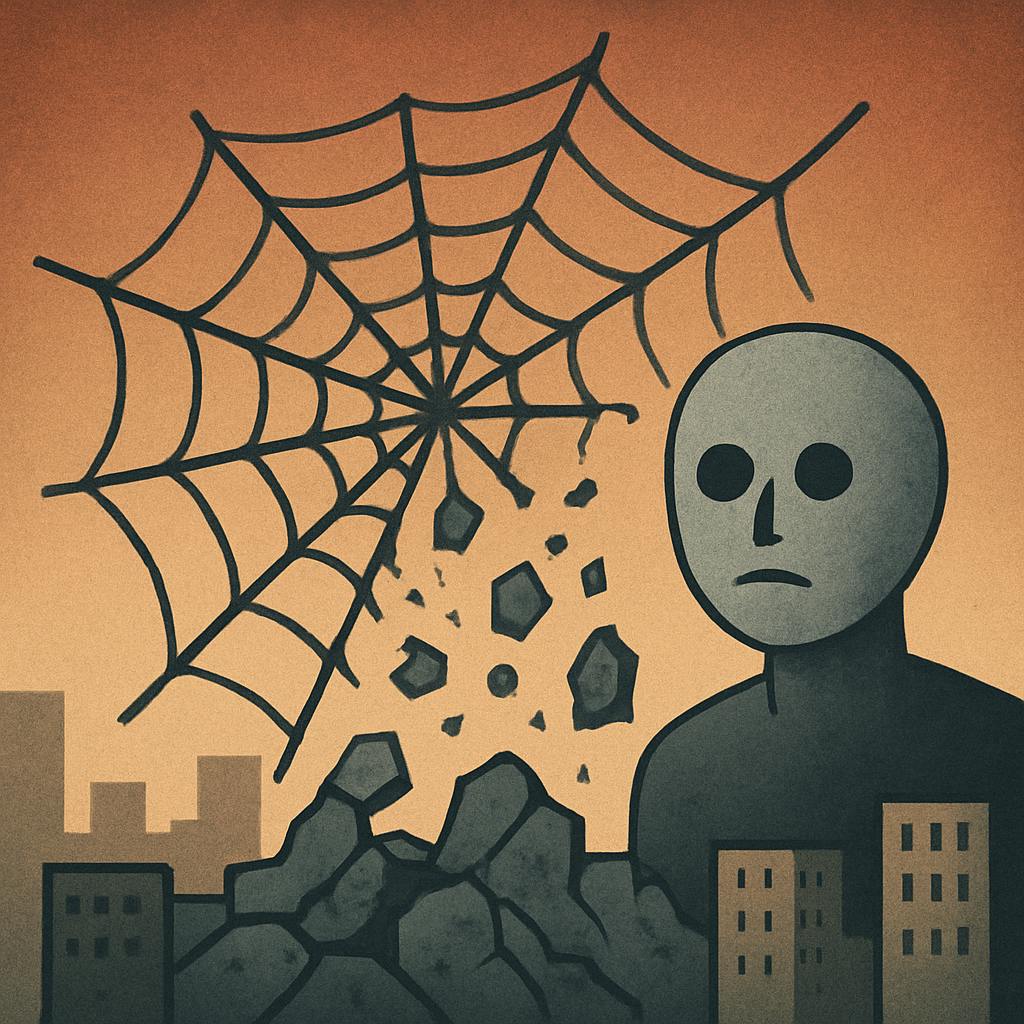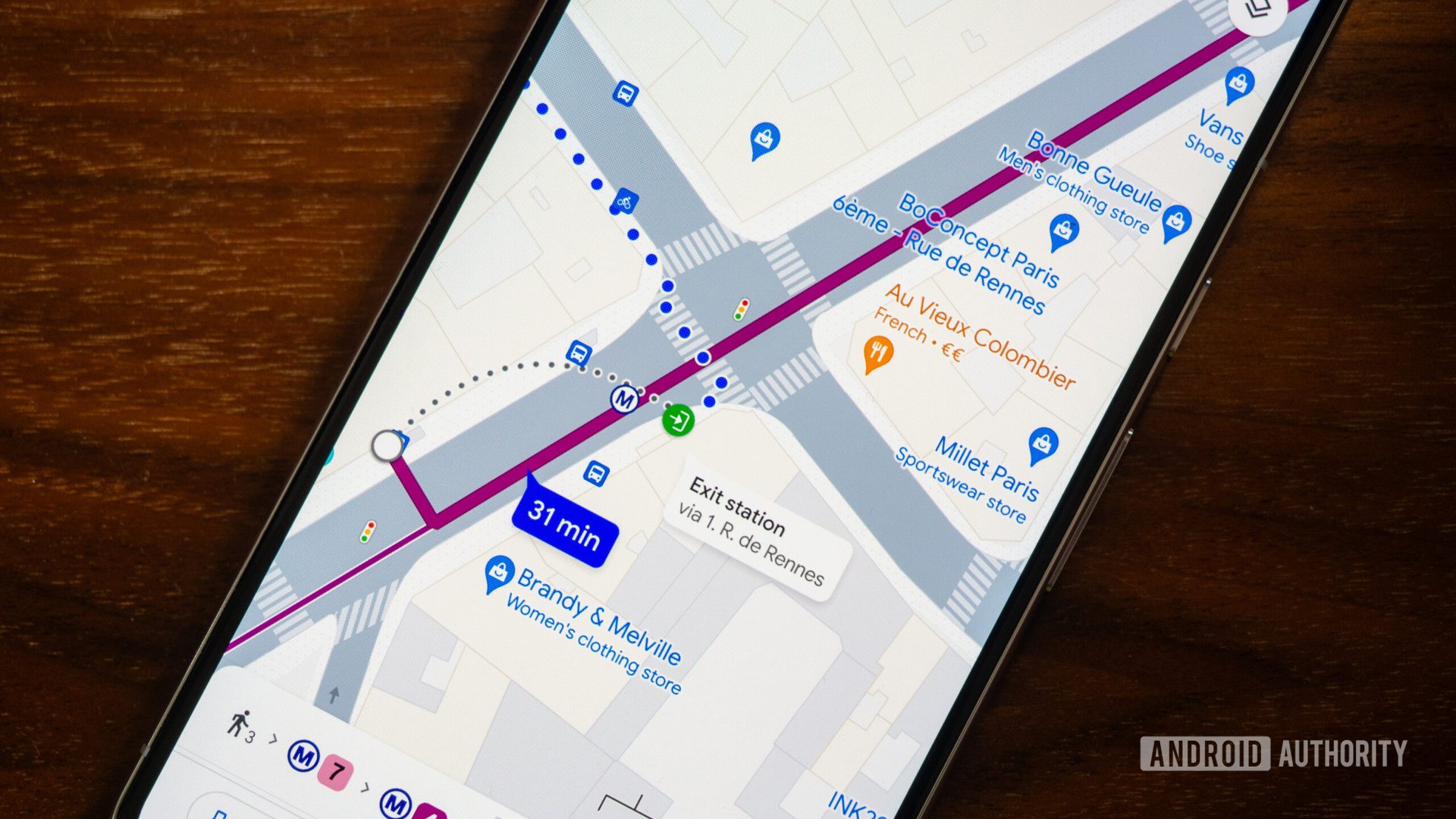Rethinking EdTech from the Ground Up
The fatigue of solutions that solve nothing
Education has become a testbed for relentless digital implementation. Every month brings a new platform, dashboard, engagement tracker or “smart” classroom upgrade. The promise is always the same: improved outcomes through innovation. But in practice, these technologies rarely address the challenges teachers and students face daily.
As systemic issues deepen – from rising anxiety to decreased focus to teacher burnout – the emphasis on screen-based tools has become a distraction. More devices do not equal better learning. In fact, they often exacerbate the problem.
The result is a growing disconnect: highly digitized classrooms and increasingly dysregulated children. If we continue treating education as a software problem, we will continue solving for the wrong variables.
Where is the body in the digital revolution?
Most EdTech products are designed for cognitive engagement. They optimize workflows, data capture, remote communication or visual gamification. But they almost entirely ignore one critical component of the learning experience: the body.
Attention, emotional regulation and readiness to learn are physical states. A student’s ability to focus is directly linked to their nervous system, sensory environment and ability to self-regulate. Yet, these conditions are rarely considered in technology-driven solutions.
A sleek user interface doesn’t calm a dysregulated child. A well-designed dashboard doesn’t offset sensory overload from a noisy classroom. Apps cannot substitute for movement, tactile input or safe physical space. The belief that learning is a purely cognitive or screen-based process is fundamentally flawed.
Children are not minds on sticks. They are whole systems – sensory, emotional, physical – and their learning depends on how these systems interact with their environment.
What most EdTech teams miss
EdTech solutions often prioritize the needs of administrators, investors and policy metrics. Efficiency, data visibility and engagement analytics dominate the development cycle. But students and teachers are rarely the primary end users in practice.
This misalignment creates tools that may work on paper but fail in real classrooms. What’s missing is not functionality – it’s empathy. Specifically, the kind that understands a student may need stillness, not stimulation. That a teacher may need silence, not another push notification.
What children often need is not another app. They need room to breathe. A way to regulate. A space where their nervous system can downshift. These are not luxuries. They are prerequisites for learning – especially for neurodivergent students or those affected by trauma, anxiety or sensory processing challenges.
If EdTech doesn’t account for physical experience, it is not designing for learning. It is designing for reporting.
A working alternative: sensory-based infrastructure
Specifically, wall-mounted sensory panels – non-digital, low-tech installations that support sensory regulation in public environments. They are designed to be touched, turned, pressed and explored. They make no sound. They emit no light. But they change how children experience space.
These panels are used in schools, clinics, libraries and other community spaces. They require no supervision, no login, no updates. But they consistently reduce classroom tension, improve emotional regulation and help children transition between activities with more focus.
These are not educational tools in the traditional sense. They don’t teach math or language. What they do is create the conditions that make such learning possible. They reduce background stress. They offer autonomy. They help children feel safe in spaces not originally designed for them.
That, too, is infrastructure – even if it doesn’t plug in.
We underestimate the power of physical environment
There’s a phrase often used in educational design: “The environment is the third teacher.” But most school spaces are designed for control, not support. They prioritize efficiency over regulation. Uniformity over inclusion.
When a child is overwhelmed – whether due to noise, lighting, crowding or internal stress – their ability to process instruction drops sharply. It doesn’t matter how good the lesson is. Without a baseline of physical and emotional regulation, content delivery is irrelevant.
Well-designed environments don’t just prevent problems. They actively support attention, behavior and resilience. And that design doesn’t have to be complex. Sometimes a soft corner, a quiet texture or a panel that responds to touch can do more than an entire behavioral management app.
Yet, these kinds of interventions remain undervalued in mainstream EdTech. Perhaps because they don’t scale easily. Or maybe because they don’t generate monthly subscriptions. But they work.
It’s time to reset the priorities
We do not need another EdTech product that promises to gamify attention. We need spaces where children can feel like they belong – especially children whose needs are often unmet by digital-first thinking.
The design of physical space is a form of technology. It encodes intent, supports interaction and either enables or inhibits function. It can soothe or agitate. Include or exclude.
The most meaningful educational innovation may not come from code, but from wood, texture and spatial awareness. Not from apps, but from architecture. Not from more engagement metrics, but from fewer meltdowns.
If we want an education system that is truly inclusive and resilient, we must stop thinking only in terms of screens and devices. We must start with the body – and the space it inhabits.
Until then, no amount of software will close the gap between what children need and what we’re giving them.










